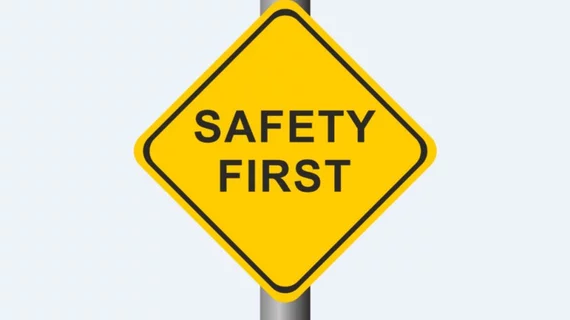Many MRI accidents are related to technologist experience
Technologist experience has a significant correlation with accident risk when inside an MRI suite, new research shows.
This week at the International Society for Magnetic Resonance in Medicine’s annual meeting, a team of experts presented new data on the technologist’s role in MRI safety events. Led by Miho Uemura, PhD, of Sapporo Medical University Hospital in Japan, the team found that a tech’s experience level has strong ties to safety risk.
The group examined all reports of safety events that had occurred in their facility’s MRI suite over a 10-year period. They identified 26 accidents involving ferromagnetic objects, including glucose monitors, pens, glasses cases, keys, trach tubes and other medical devices.
A deeper look into the incidents revealed that over half (11) of the accidents took place under the supervision of a technologist that had less than one full year of MRI experience. Another five were reported by techs with between two and three years of experience, while six involved techs with over four years of experience and three involved other healthcare professionals.
“In order to prevent the adsorption accidents [caused by] ferromagnetic objects, it is important to understand the causes of such incidents and the characteristics of our own facilities,” Uemura and colleagues wrote, adding that they hoped sharing their survey would “lead to the prevention of similar incidents.”
MRI accidents on the rise
In 2023, it seemed like news of an MRI accident would circulate every few months. From a man being shot in the abdomen by his own gun when the magnet caused it to discharge, to a nurse sustaining serious injuries after being pinned in between the bore and a stretcher while attempting to transfer a patient, to an FDA incident report detailing an injury caused by a sex toy, these incidents have appeared to become more common.
And although they certainly warrant attention, accidents of such severity are still quite rare. Incidents involving burns and transporting are more typical—however, almost all MRI accidents are preventable.
MRI safety has been a hot topic in recent years. A deep dive into the modality’s safety standards will reveal that there really aren’t all that many safety requirements, but instead ample recommendations.
This has prompted many relevant stakeholders, including the American College of Radiology, to take a more in-depth look at the circumstances surrounding safety events and call for more input on what standardized safety requirements should entail.

